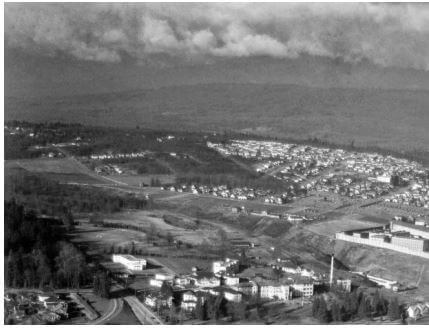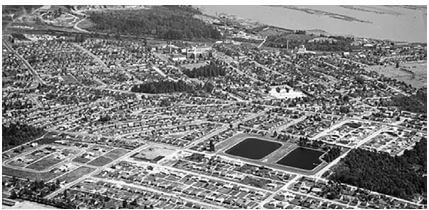On the Homefront: Victory Heights
The Birth of Victory Heights: New Westminster’s Postwar Housing Solution
by Jim Wolf
When World War II ended in May 1945 and after the celebrations subsided, City of New Westminster began to realize the next challenge ahead. The City was in a housing crisis, there were not enough homes for those already living here. The prospect of welcoming back hundreds of soldiers was going to be a daunting challenge.
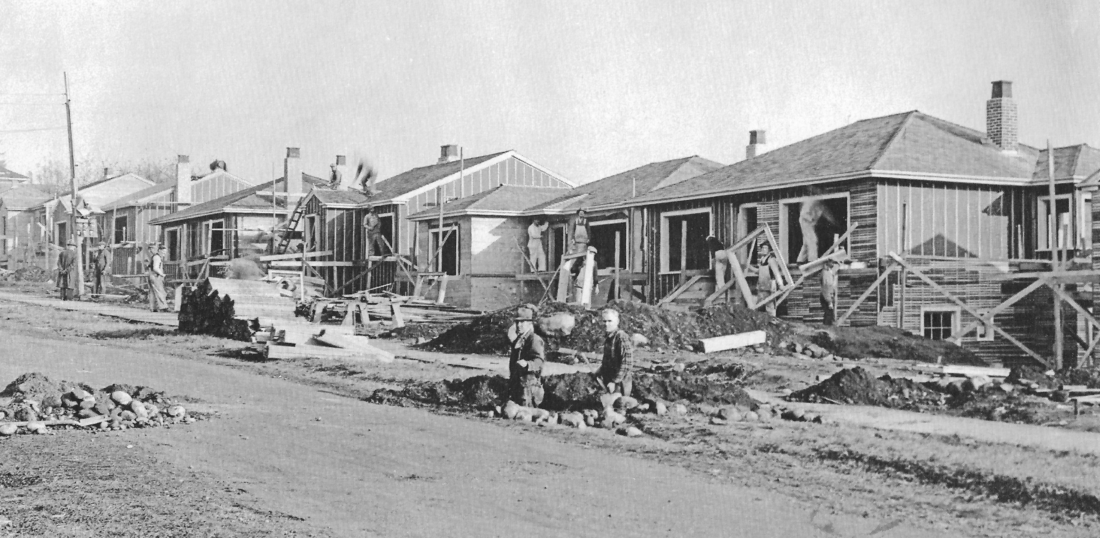
A panorama of the construction of postwar "Victory Homes". Photographer unknown, 1946. IHP 8008-003
Source: Royal City -- A Photographic History of New Westminster, 1858-1960 - by Jim Wolf
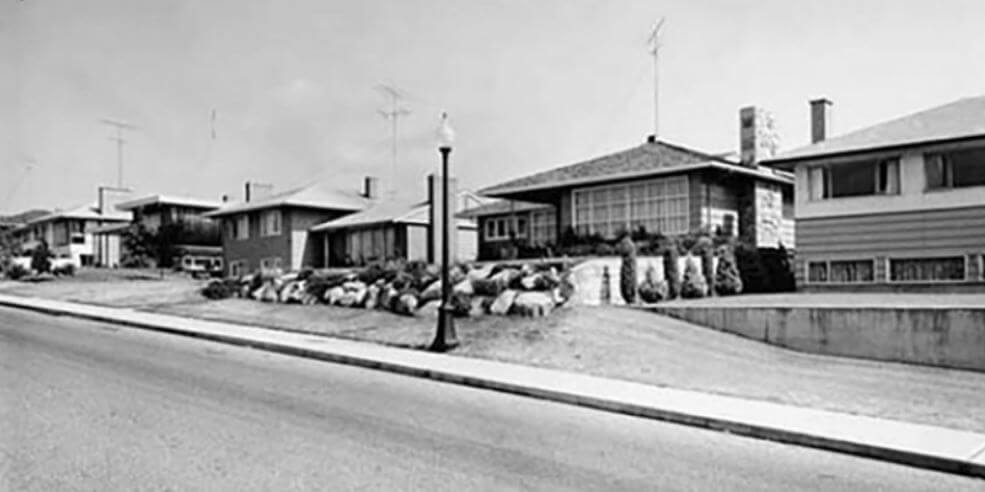
Source: Royal City -- A Photographic History of New Westminster, 1858-1960 - by Jim Wolf
In true Royal City spirit the City Council directed staff to look at creating a new residential neighbourhood for those returning from battle overseas to make a home for their families. The City owned a large parcel of land, originally bounded by Tenth Avenue to the north, Eighth Avenue to the south, Richmond Street to the east, and First Street to the west. Council moved quickly to formulate a new subdivision which was dubbed Victory Heights.
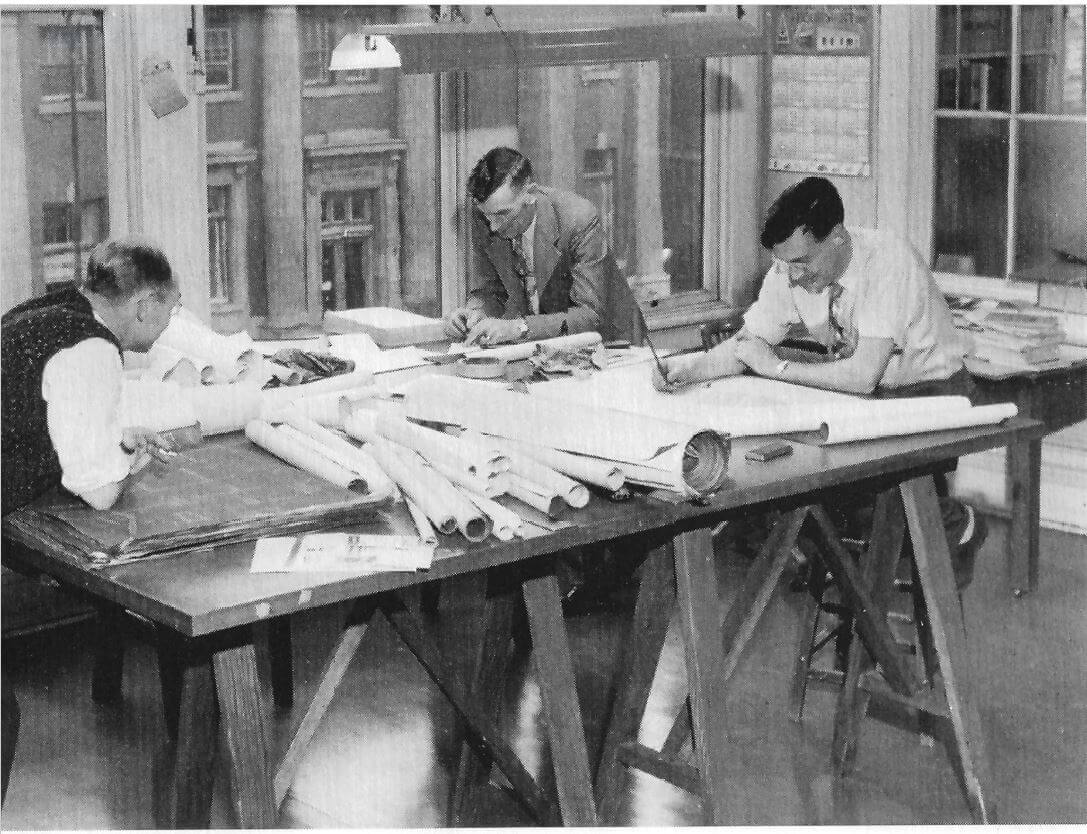
A “shining example of the new ideas that were designing and creating the residential areas of the period.”
Staff members of the City's engineering department are seen in their second-floor office of the old City Hall, planning for the postwar boom. Photographer Unknown Source: Royal City -- A Photographic History of New Westminster, 1858-1960 - by Jim Wolf
New Westminster transformed vacant land into a thriving community for returning veterans and their families.
What had been a vast vacant area filled with stumps and scrublands had only a goat farm and a few small houses quickly became the most modern and coveted land for veterans as well as civilians. The City of opened the sale of the lots on October 1, 1945, for a period of 30 days, exclusively for returning veterans at a sale price of 40 per cent of the assessed land value. All of the 53 original lots were snapped up in a frenzy of enthusiasm. The following year the City released another 92 under the same scheme. More subdivisions and roads followed in later years including the adjacent subdivision of Massey Heights.
Left: Aerial view of Massey Victory Heights in 1946 (Vintage Air Photos). Right: Similar view in 1958. (NWMA IHP10001-1005)
The only caveat for buying the lots was that the land had to be used immediately for the purpose of building new homes. The rule needn't have been applied, however, since the desire for a modern home in a new neighbourhood was widespread in the Royal City. The neighbourhood grew quickly and soon was filled with new families creating memories and contributing to the prosperity of New Westminster.
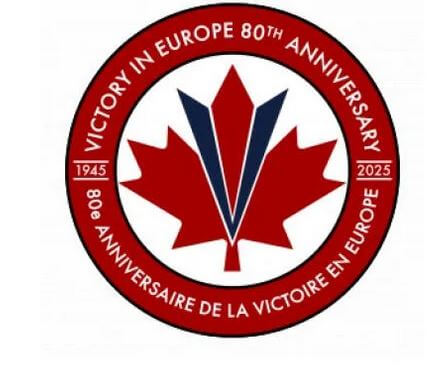
“On the Homefront,” this year’s theme for the New Westminster Heritage Homes Tour, commemorates the 80th anniversary of VE Day—the end of WWII in Europe—by sharing stories of those who served and highlighting the wartime roles of local homes and landmarks on this year’s tour.
